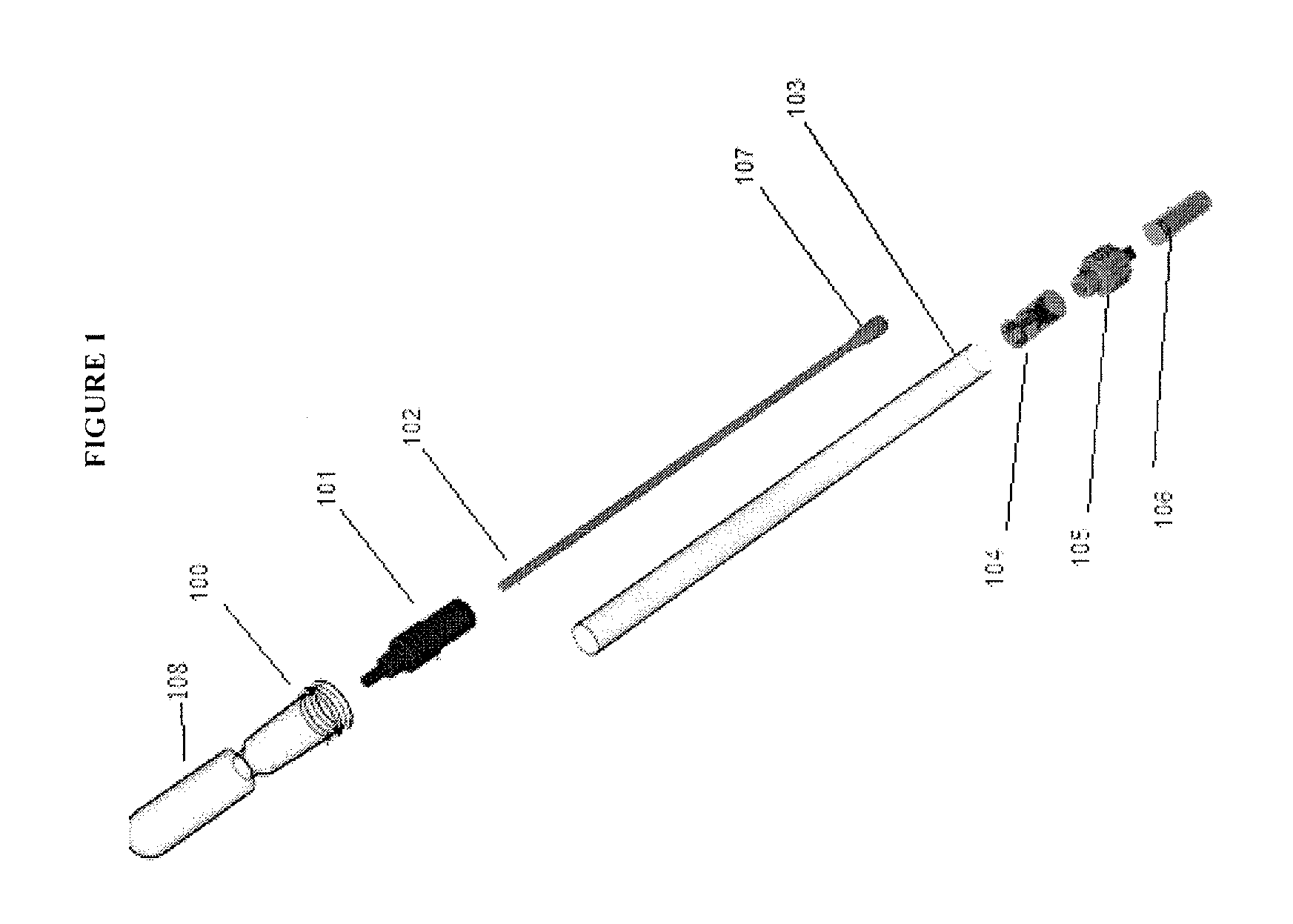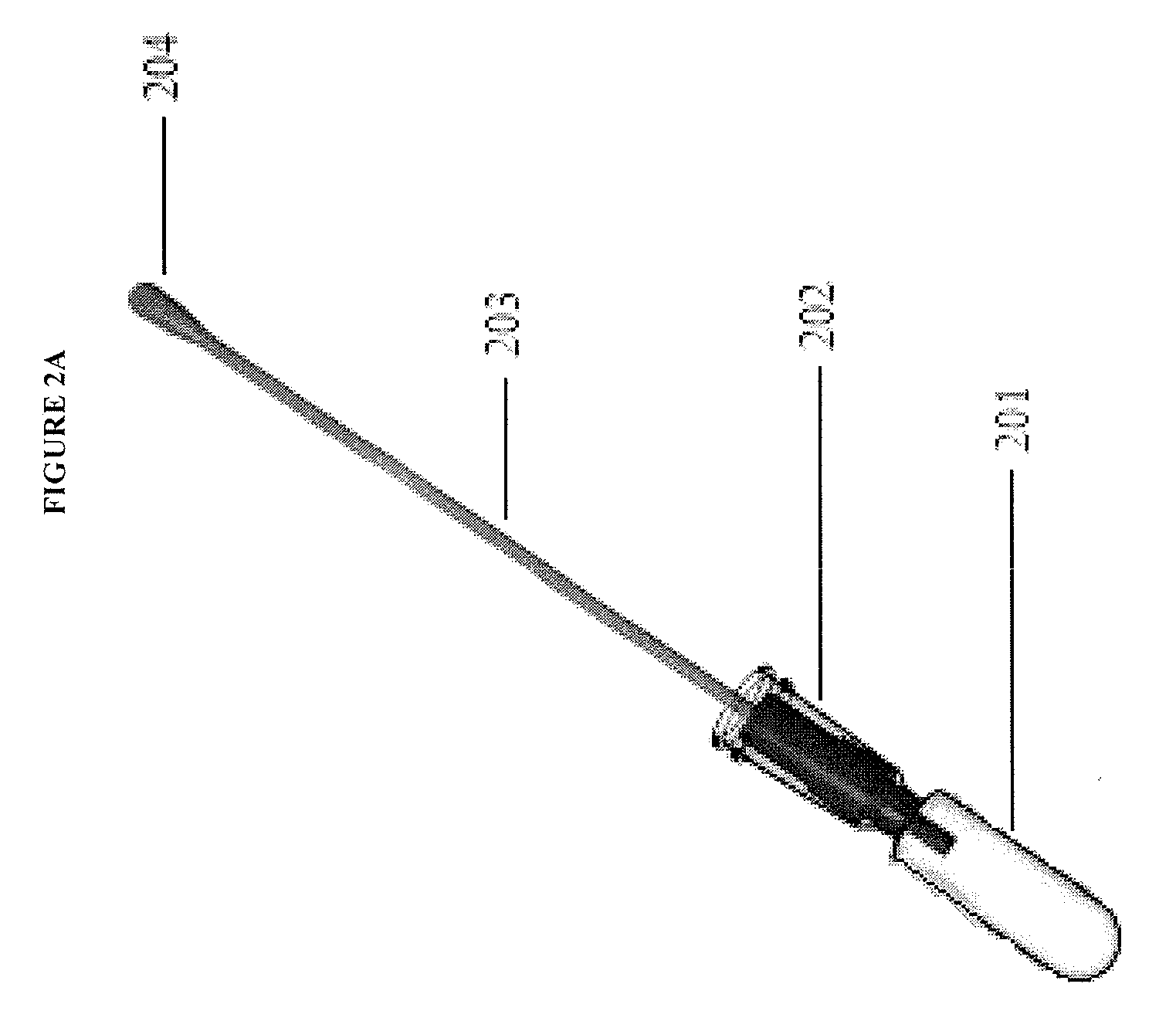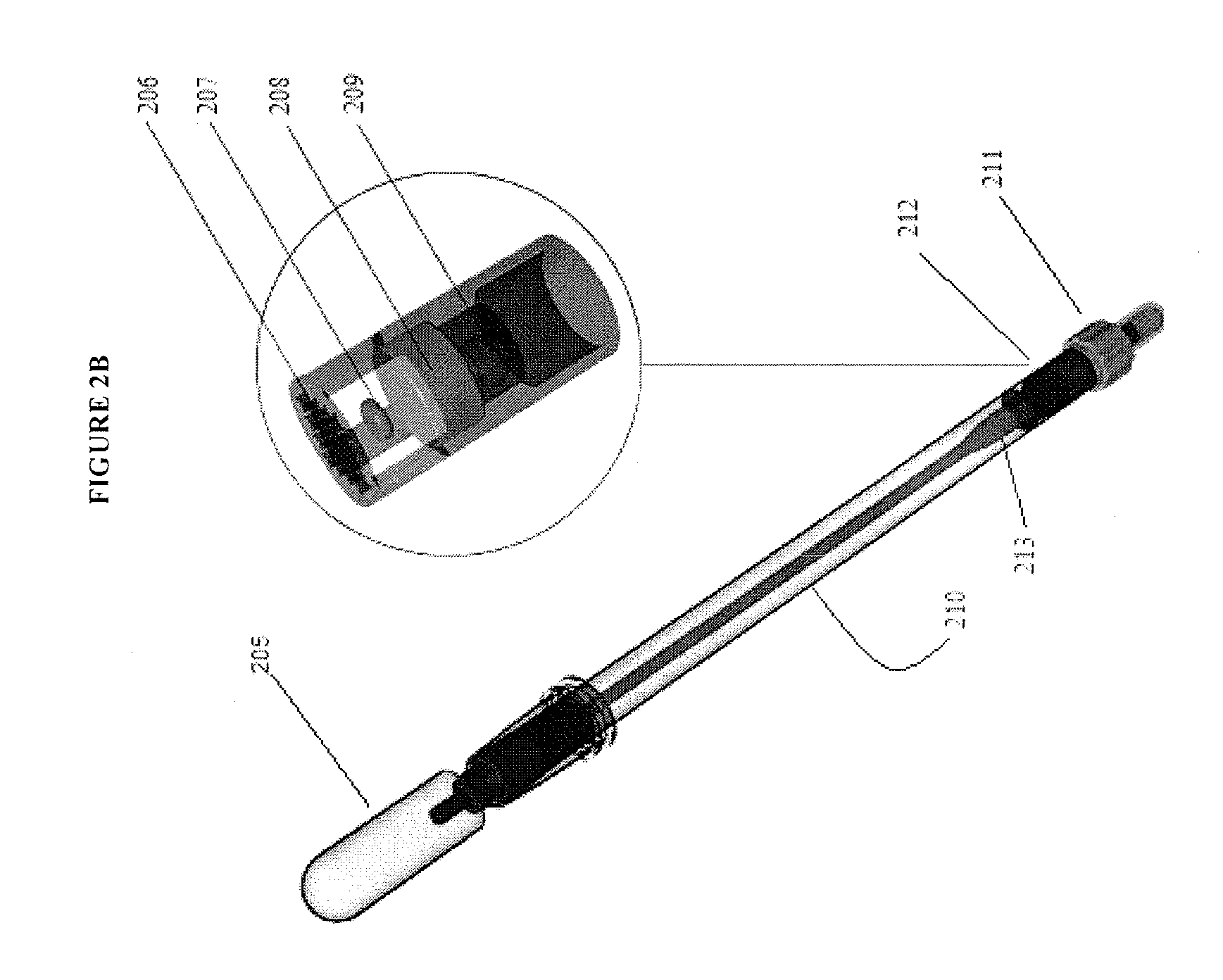Methods and compositions for analyte detection
a technology of analyte and composition, applied in the field of analyte detection, can solve the problems of epidemics, troublesome false positives, and difficulties in techniques, and achieve the effects of reducing the number of false positives, improving the detection efficiency, and improving the detection efficiency
- Summary
- Abstract
- Description
- Claims
- Application Information
AI Technical Summary
Benefits of technology
Problems solved by technology
Method used
Image
Examples
example 1
Detection of Influenza During 2007 Australian Flu Season
[0347]A set of 121 nasopharyngeal swab samples were collected during 2007 Australian flu season. After the nasal samples were collected, the swabs were placed in 1 mL of viral transport media and vigorously mixed for one minute according to standard protocol, an aliquot was taken for culture, and the remaining sample was frozen. For this testing, a swab was dipped into the remaining sample and was assayed using the fluID test. An additional 100 μL aliquot was taken from each sample, the nucleic acid was purified, and a real time PCR assay for influenza A virus detection was run.
TABLE 6Study results using a 4 line pRNA capturesystem for detection of influenza A.Culture & PCR+Culture−fluID+25 3fluID− 291Sens.92.6%=25 / (25 + 2)Spec.96.8%=91 / (91 + 3)PPV89.3%TP / (TP + FP)NPV97.80%TN / (TN + FN)
[0348]Of the 5 culture− / fluID+ samples, 3 were confirmed positive based on the real time results. When these results are factored in, the sensiti...
example 2
Seasonal Assay Using Titered Cultured Virus
[0350]This study examines the analytical performance of both A and B analytes in the Seasonal assay using titered cultured virus. Each strain of virus had a TCID50 titer and each was diluted until the no signal was generated in the assay. Each dilution was tested using a commercially available point-of-care A and B Influenza assay kit as well as a PCR test. In one embodiment, the dilutional sensitivity results indicated that the A and B analytes are 2 to 3 logs more sensitive as compared to commercially available influenza A & B point-of-care assay, while being only 1 to 2 logs less sensitive than PCR.
example 3
Examination of Levels of Viral Titer in Infected Patients
[0351]This study examined the analytical performance of a rapid influenza test using a system of the invention as compared to the Quidel QuickVue® system as well as PCR analysis. Both A and B analytes were assayed from different geographical locations. Each strain of virus had a TCID50 titer and each was diluted until the no signal was generated in the assay. Each dilution was tested using the commercially available Quidel QuickVue® kit as well as a PCR test. The dilutional sensitivity study indicated that the system of the invention is more sensitive in detection of A and B influenza target analytes versus commercially available influenza assay, while being only 1 to 2 logs less sensitive than PCR.
PUM
| Property | Measurement | Unit |
|---|---|---|
| volume | aaaaa | aaaaa |
| volume | aaaaa | aaaaa |
| volume | aaaaa | aaaaa |
Abstract
Description
Claims
Application Information
 Login to View More
Login to View More - R&D
- Intellectual Property
- Life Sciences
- Materials
- Tech Scout
- Unparalleled Data Quality
- Higher Quality Content
- 60% Fewer Hallucinations
Browse by: Latest US Patents, China's latest patents, Technical Efficacy Thesaurus, Application Domain, Technology Topic, Popular Technical Reports.
© 2025 PatSnap. All rights reserved.Legal|Privacy policy|Modern Slavery Act Transparency Statement|Sitemap|About US| Contact US: help@patsnap.com



